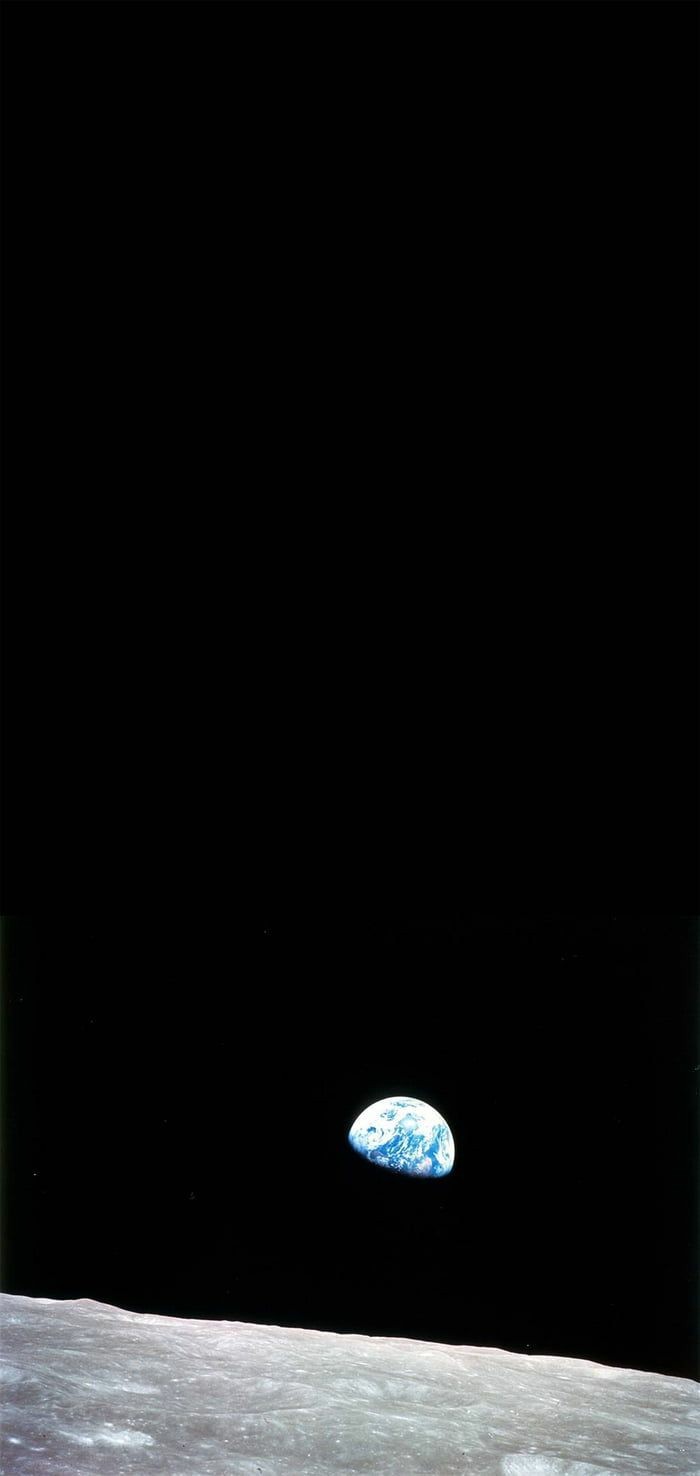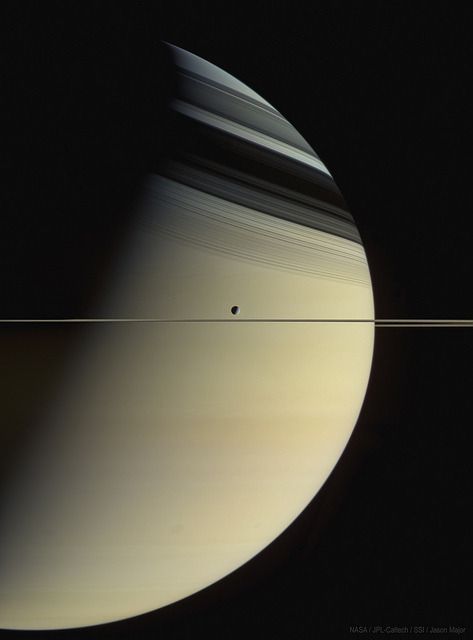The Ion Tail Of New Comet SWAN

The Ion Tail of New Comet SWAN
Image Credit & Copyright: Gerald Rhemann
Source : apod.nasa.gov
More Posts from Spacenik and Others
Happy Solstice 2020!
The evening began with a beautiful sunset:


...though pretty clouds meant Jupiter and Saturn's closest dance was a little fuzzy:

They'd traded places and moved much closer than on Saturday:

This longer Saturday exposure shows Saturn's biggest moon, Titan (arrow), and all four of Jupiter's Galilean moons:

...and here's Jupiter's moons plus Titan (arrow; another arrow points out Amalthea hugging its parent world) tonight:

Happy Great Conjunction Day!

'134340' - Bts but you're lost in Space

Earthrise, Bill Anders, 1968.

Also known as the Seven Sisters and M45, the Pleiades lies about 400 light years away toward the constellation of Taurus (Bull).
Picture Credit & Copyright: Stanislav Volskiy
Source: apod.nasa.gov

Through hardships, to the stars 🌌
My proudest shot.
By: @emspectrumimaging
Me and my favorite humans embarked on an adventure to moab to camp for 4 days. I came out here with an idea of what I wanted to do, see, and accomplish. I had no idea how blown away I would be, and how much I needed this. We spent the day hiking and swimming in the most beautiful watering hole I've ever seen, checked out the colorado river, and saw the most vivid sunset in the middle of a giant Arch. All smiles, awestruck by the beauty of it all. Once nightfall rolled around, we packed up a bunch of gear and went back to the arches for some astrophotography under the Arches, a bucket list I've had for sooo long. The experience was so surreal, we had the entire park to ourselves and stayed till 4AM because it was just SO FUCKIN FUN AND BEAUTIFUL. Incredibly grateful to have the greatest people in my life who are always down to pack up and venture out into the unknown. Y'all support my crazy visions and I'll love you forever for that.

The Deep Lagoon also known as M8, captured at Mt. Lemmon Skycentre, Arizona, is located on the constellation of Sagittarius towards the centre of Milky Way.
Image Credit : Adam Block//Mt. Lemmon SkyCentre Arizona//Univ.Arizona

Saturn and Dione , 2005
credits : NASA
Full Moon in full Colour - April the 6th of 2020

PC: Joseph Brimacombe//flickr
Jupiter and its faint rings– known as the Jovian ring system , as seen through infrared.

The Orion Nebula as seen through William optics flurostar 132
Credit : astro_backyard : pinterest
-
 miresgaleth reblogged this · 3 years ago
miresgaleth reblogged this · 3 years ago -
 miresgaleth liked this · 3 years ago
miresgaleth liked this · 3 years ago -
 ana-mccartney liked this · 3 years ago
ana-mccartney liked this · 3 years ago -
 dre2089 reblogged this · 3 years ago
dre2089 reblogged this · 3 years ago -
 dre2089 liked this · 3 years ago
dre2089 liked this · 3 years ago -
 ashe28 liked this · 4 years ago
ashe28 liked this · 4 years ago -
 aeshnacyanea2000 reblogged this · 4 years ago
aeshnacyanea2000 reblogged this · 4 years ago -
 pinkpomeloandrose liked this · 4 years ago
pinkpomeloandrose liked this · 4 years ago -
 starseedgoddess7 liked this · 4 years ago
starseedgoddess7 liked this · 4 years ago -
 dimplesridley liked this · 4 years ago
dimplesridley liked this · 4 years ago -
 espavol reblogged this · 4 years ago
espavol reblogged this · 4 years ago -
 przm liked this · 4 years ago
przm liked this · 4 years ago -
 william-blue-fox67 liked this · 4 years ago
william-blue-fox67 liked this · 4 years ago -
 seniprodi liked this · 4 years ago
seniprodi liked this · 4 years ago -
 x-ela-01 liked this · 4 years ago
x-ela-01 liked this · 4 years ago -
 kontnuumsgod6 liked this · 4 years ago
kontnuumsgod6 liked this · 4 years ago -
 imboredilookforanoccupation liked this · 4 years ago
imboredilookforanoccupation liked this · 4 years ago -
 tolmir liked this · 4 years ago
tolmir liked this · 4 years ago -
 scissorrace liked this · 4 years ago
scissorrace liked this · 4 years ago -
 delicateghostnickelfreak liked this · 4 years ago
delicateghostnickelfreak liked this · 4 years ago -
 neverstoplearning1999 liked this · 4 years ago
neverstoplearning1999 liked this · 4 years ago -
 androgynealienfemme liked this · 4 years ago
androgynealienfemme liked this · 4 years ago -
 littlepiecesofmeblr liked this · 4 years ago
littlepiecesofmeblr liked this · 4 years ago -
 bonzayazul liked this · 4 years ago
bonzayazul liked this · 4 years ago -
 southrnbird liked this · 4 years ago
southrnbird liked this · 4 years ago -
 rizu-sama2297 liked this · 4 years ago
rizu-sama2297 liked this · 4 years ago -
 astroahlam reblogged this · 4 years ago
astroahlam reblogged this · 4 years ago -
 astroahlam liked this · 4 years ago
astroahlam liked this · 4 years ago -
 koliwa liked this · 4 years ago
koliwa liked this · 4 years ago -
 garnisfram-blog liked this · 4 years ago
garnisfram-blog liked this · 4 years ago -
 venicecapulet reblogged this · 4 years ago
venicecapulet reblogged this · 4 years ago -
 venicecapulet liked this · 4 years ago
venicecapulet liked this · 4 years ago -
 sanctimoniousscientist liked this · 4 years ago
sanctimoniousscientist liked this · 4 years ago -
 pdestructor liked this · 4 years ago
pdestructor liked this · 4 years ago -
 glorioushoagiemuffinoaf-blog liked this · 4 years ago
glorioushoagiemuffinoaf-blog liked this · 4 years ago -
 sexonmars liked this · 4 years ago
sexonmars liked this · 4 years ago -
 the-astrophysics-forum liked this · 4 years ago
the-astrophysics-forum liked this · 4 years ago -
 luism3duque liked this · 4 years ago
luism3duque liked this · 4 years ago
